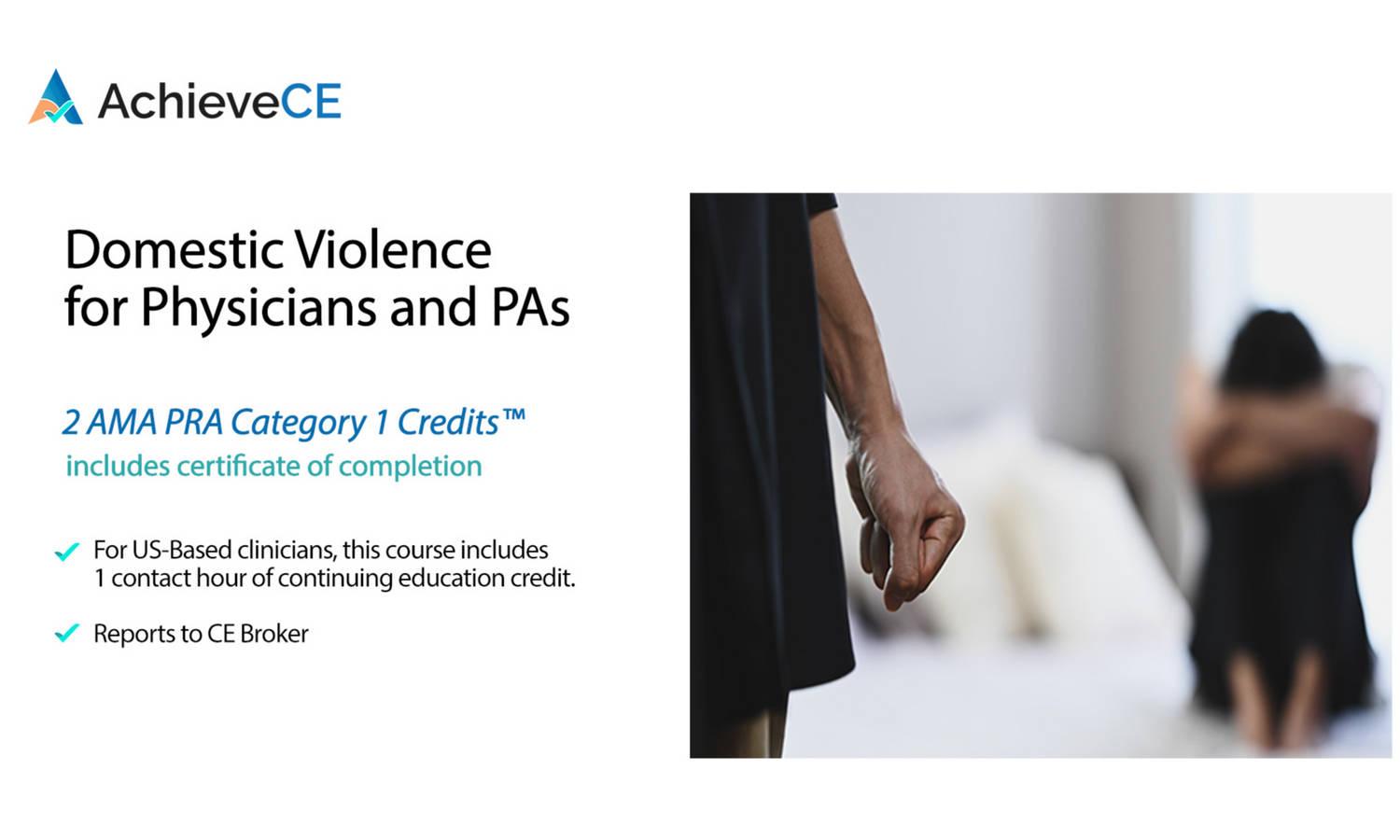
GH2522 Transport of the VLBW Neonate
GH2522 Transport of the VLBW Neonate Course is organized by National Certification Corporation (NCC).
Expiration: 12/31/2024
Objectives:
• Explain the impact of planning and pre-transport preparations on the successful completion of inhouse and inter-facility transports and recognize the significance of using personnel trained and experienced in the care of the VLBW neonate to achieve optimal outcomes
• Identify the critical aspects of patient safety relative to transport including the potential impact of the transport environment on equipment operation and the physiologic implications for the VLBW neonate
• Summarize the assessments and interventions essential to providing management in the transport setting with attention to details of thermal, pulmonary, cardiovascular, and metabolic status
• Describe support measures of importance in the transport setting for families of VLBW neonates
• Outline the multifactorial considerations for transport mode selection and contrast the advantages & disadvantages between ground, rotor-wing & fixed wing options
Content Outline:
• Introduction
• Critical Transport Elements Within the First 2 Hours of Birth
• Report
• Thermoregulation
• Protocols/checklists
• Essential Points
• General Considerations for Transport of the VLBW Neonate
• Patient safety
• Monitoring
• Family support
• Documentation
• Supplies and medications
• Physiologic Impact and Implications
• Noise and vibration
• Laws of Flight physiology-Boyle’s Law
• Laws of Flight-Dalton’s Law
• Laws of Flight-Charles’ Law
• Transport Specific Aspects of Care
• Thermoregulation
• Airway support
• Surfactant
• Air leaks
• Cardiovascular status
• Metabolic aspects
• In-House Transports Within the Birth Facility
• Preparation
• Transport to nursery
• Thermoregulation
• Vitals
• Hand off
• Transport to Other Areas of the Hospital
• Interfacility Transport
• Selection of transport mode
• Ground
• Rotor-wing
• Fixed-wing









